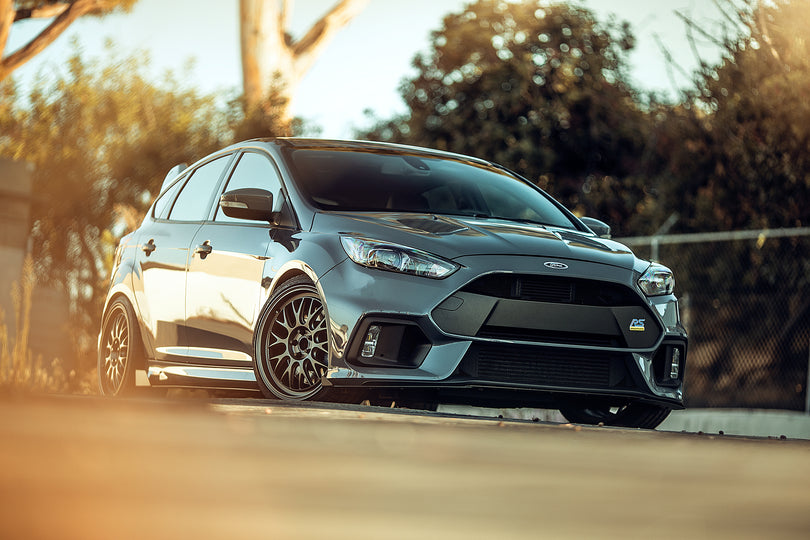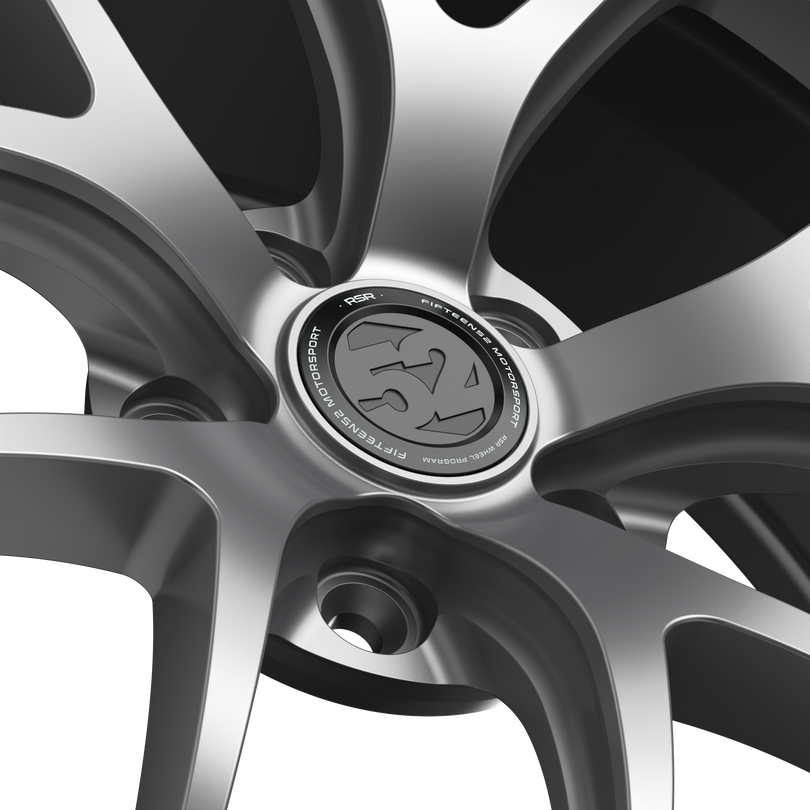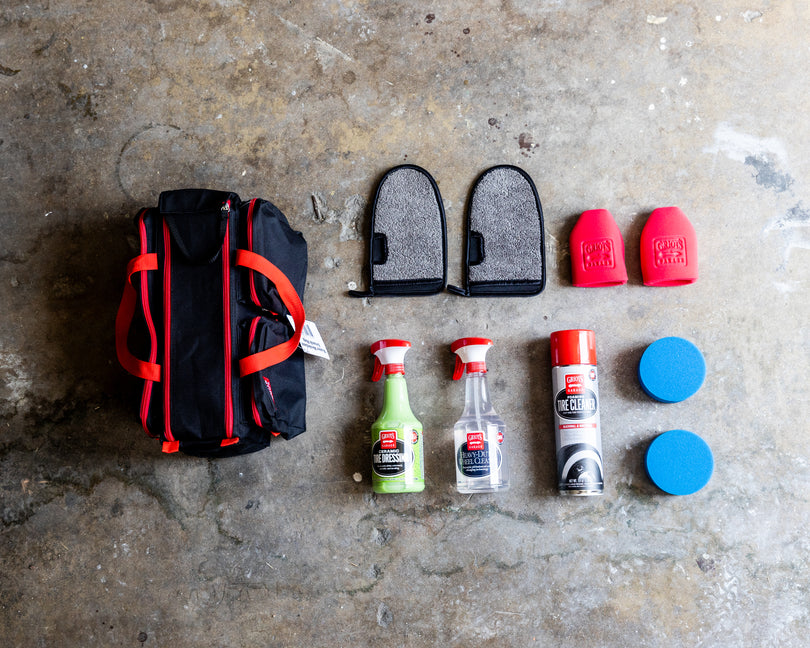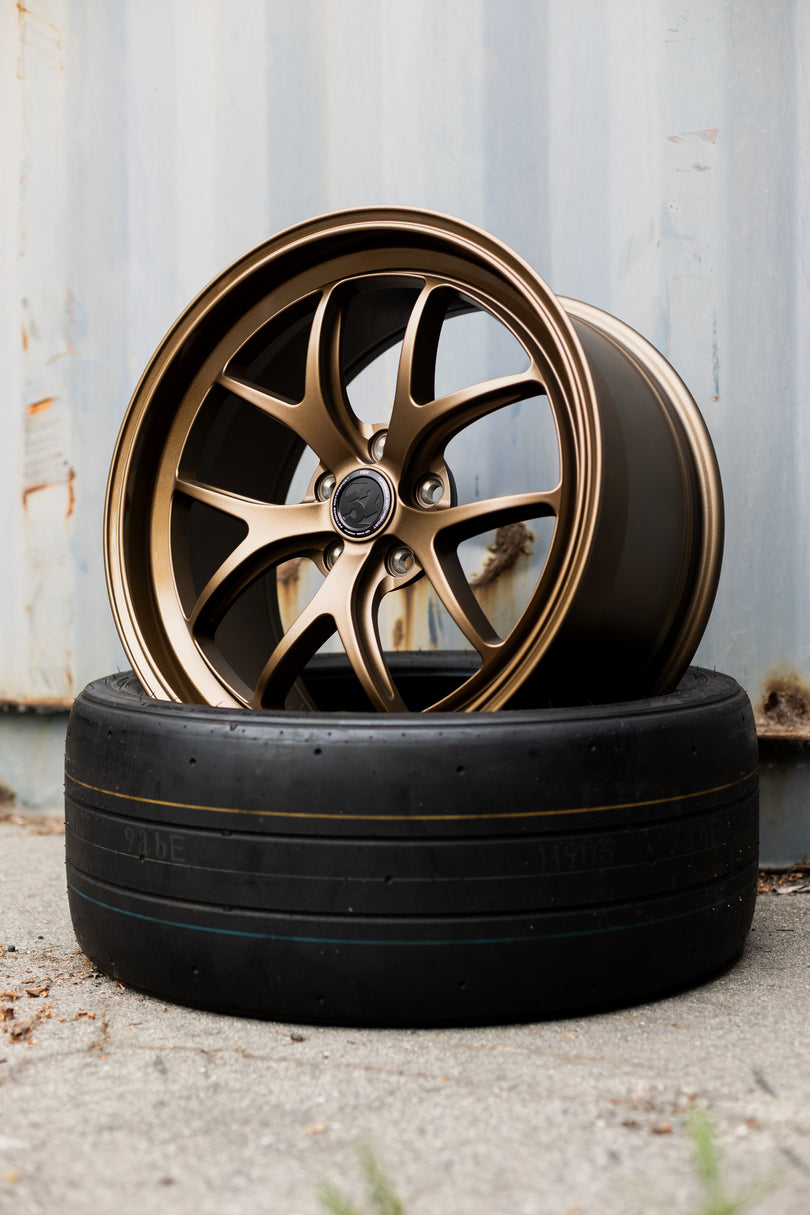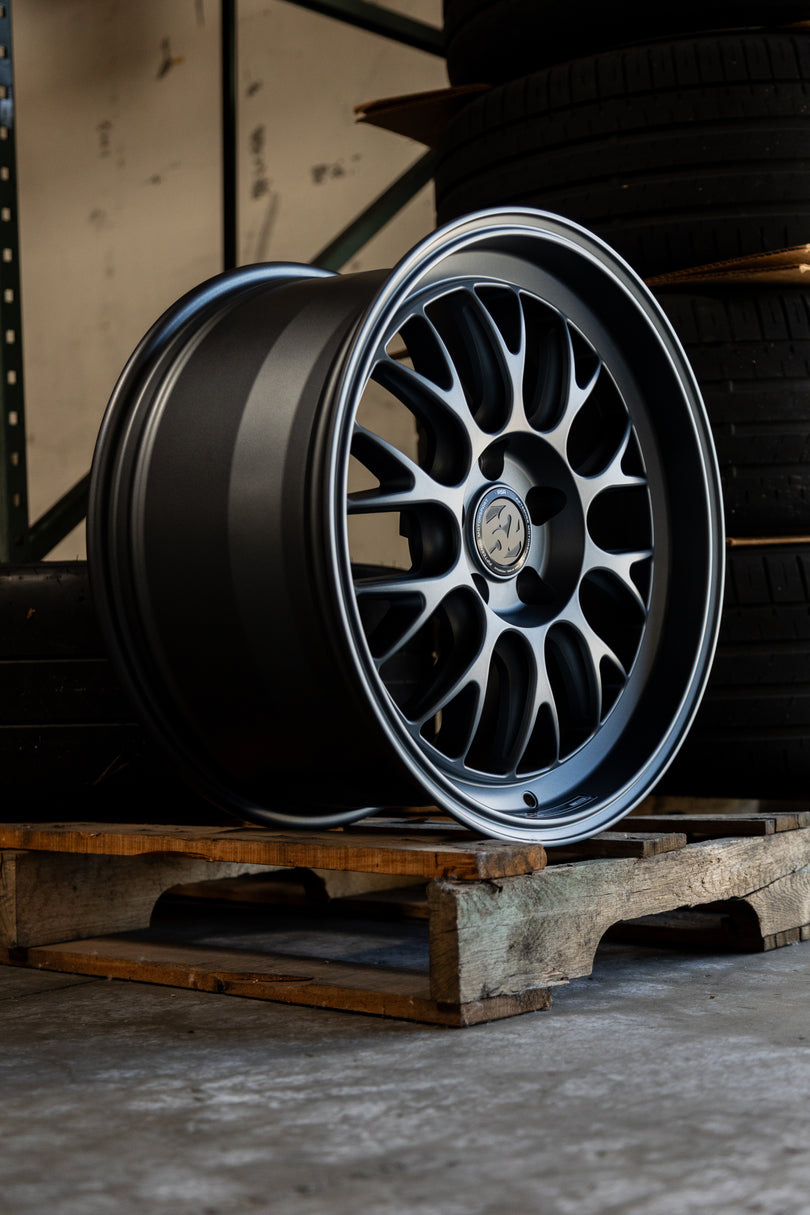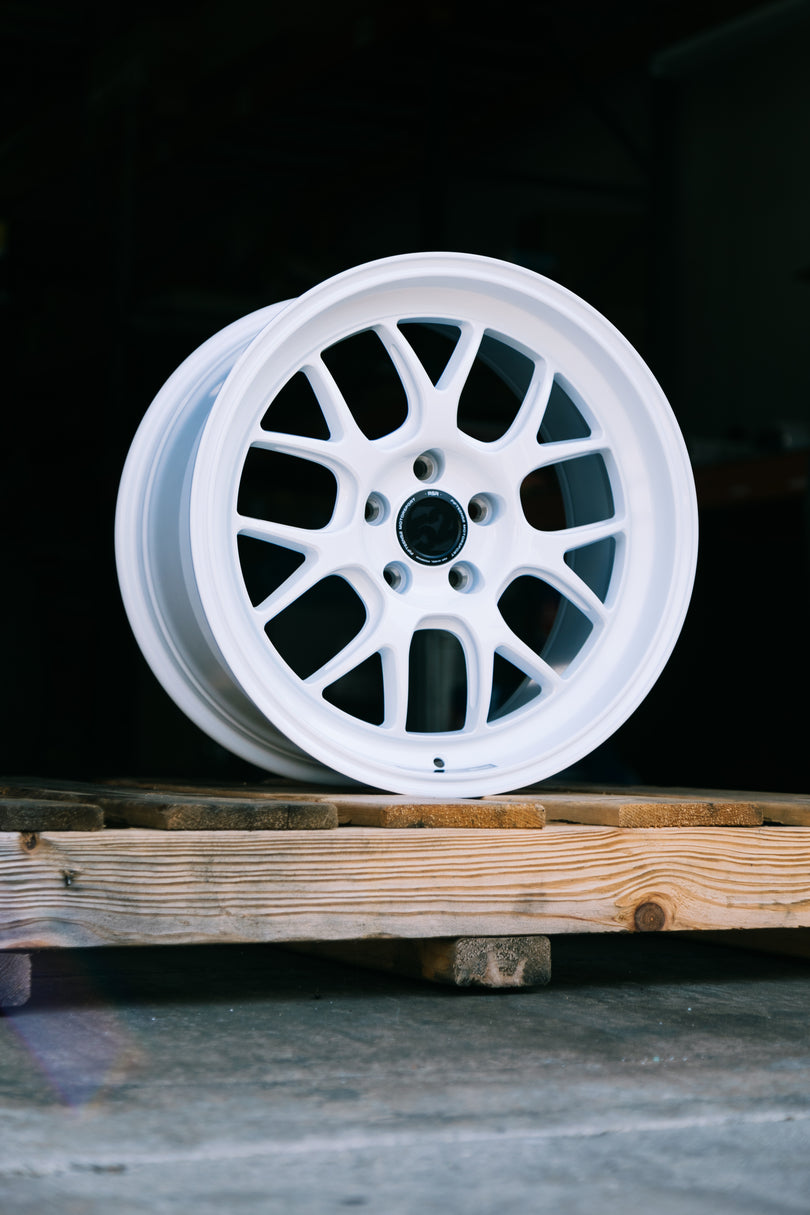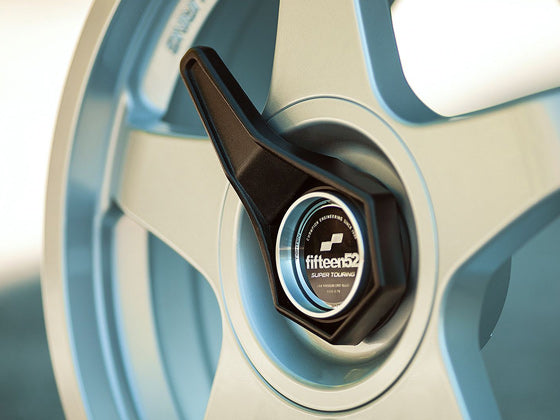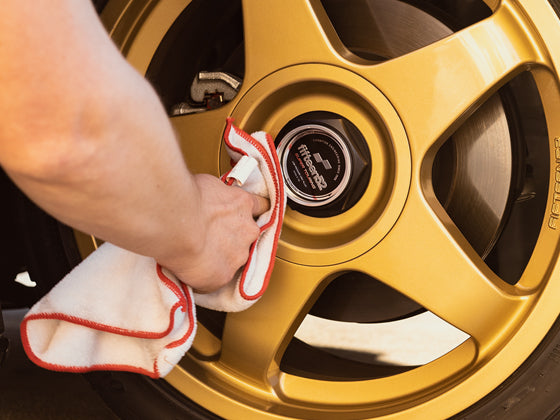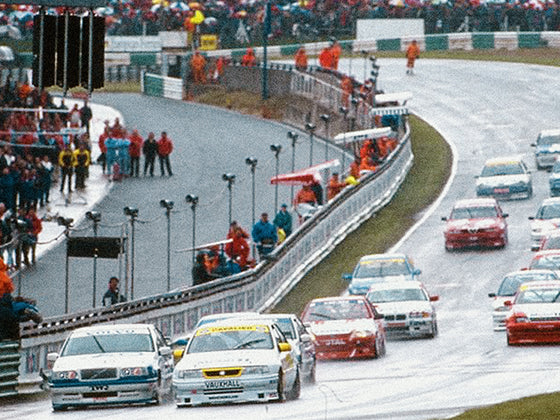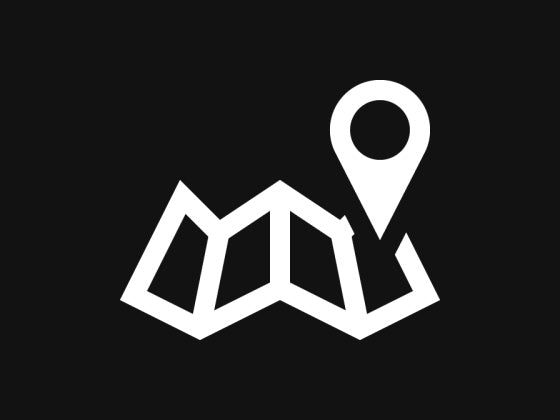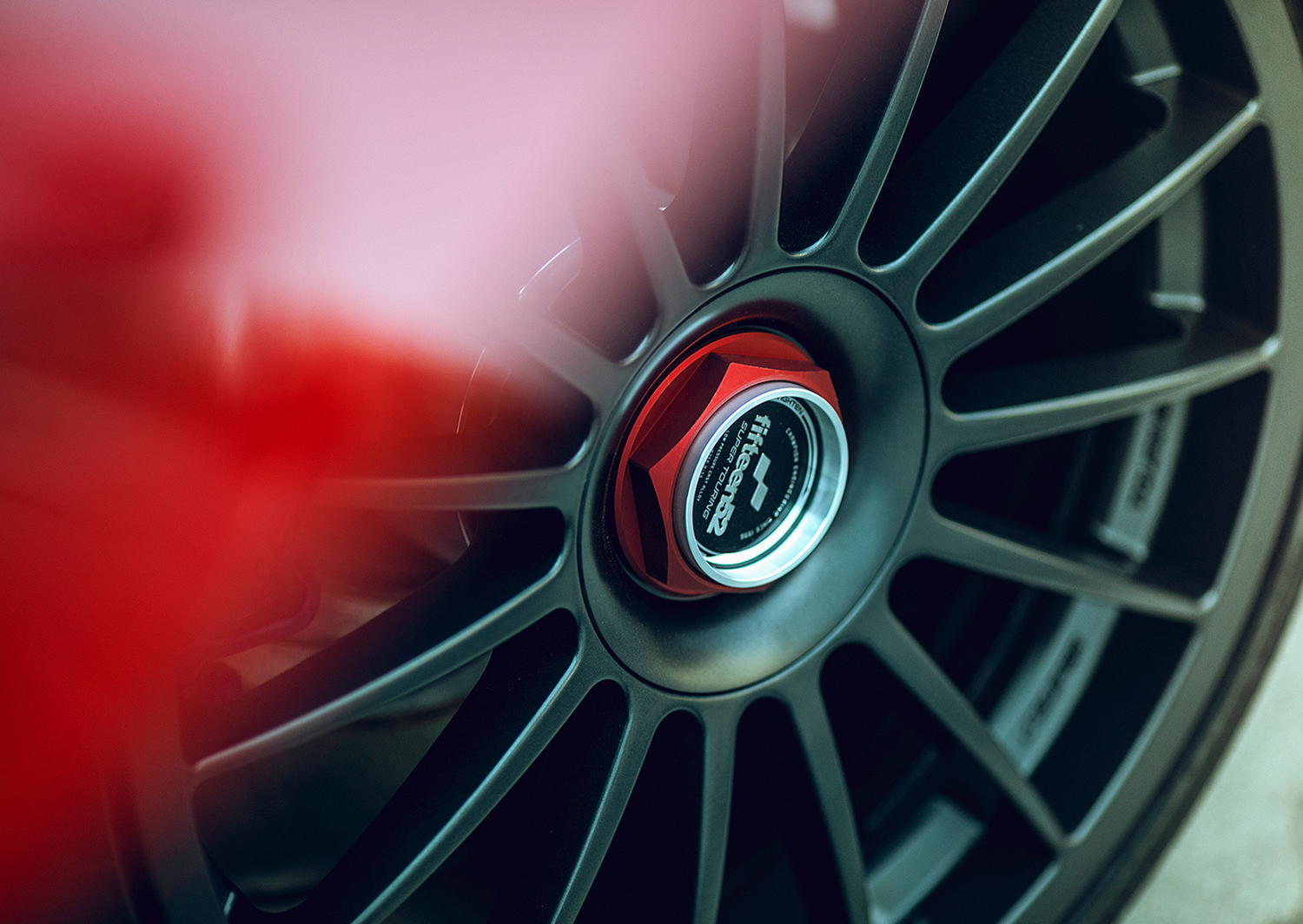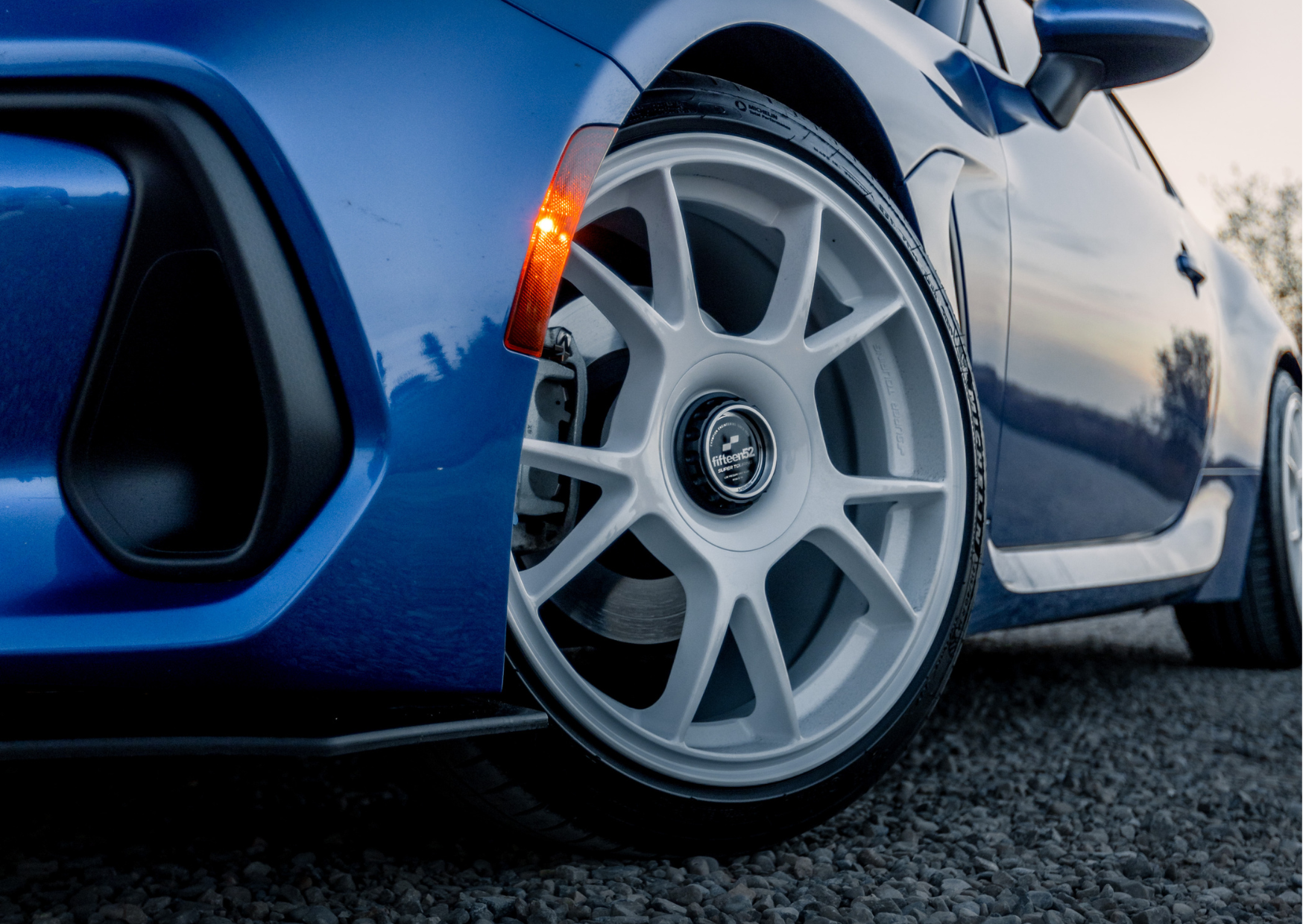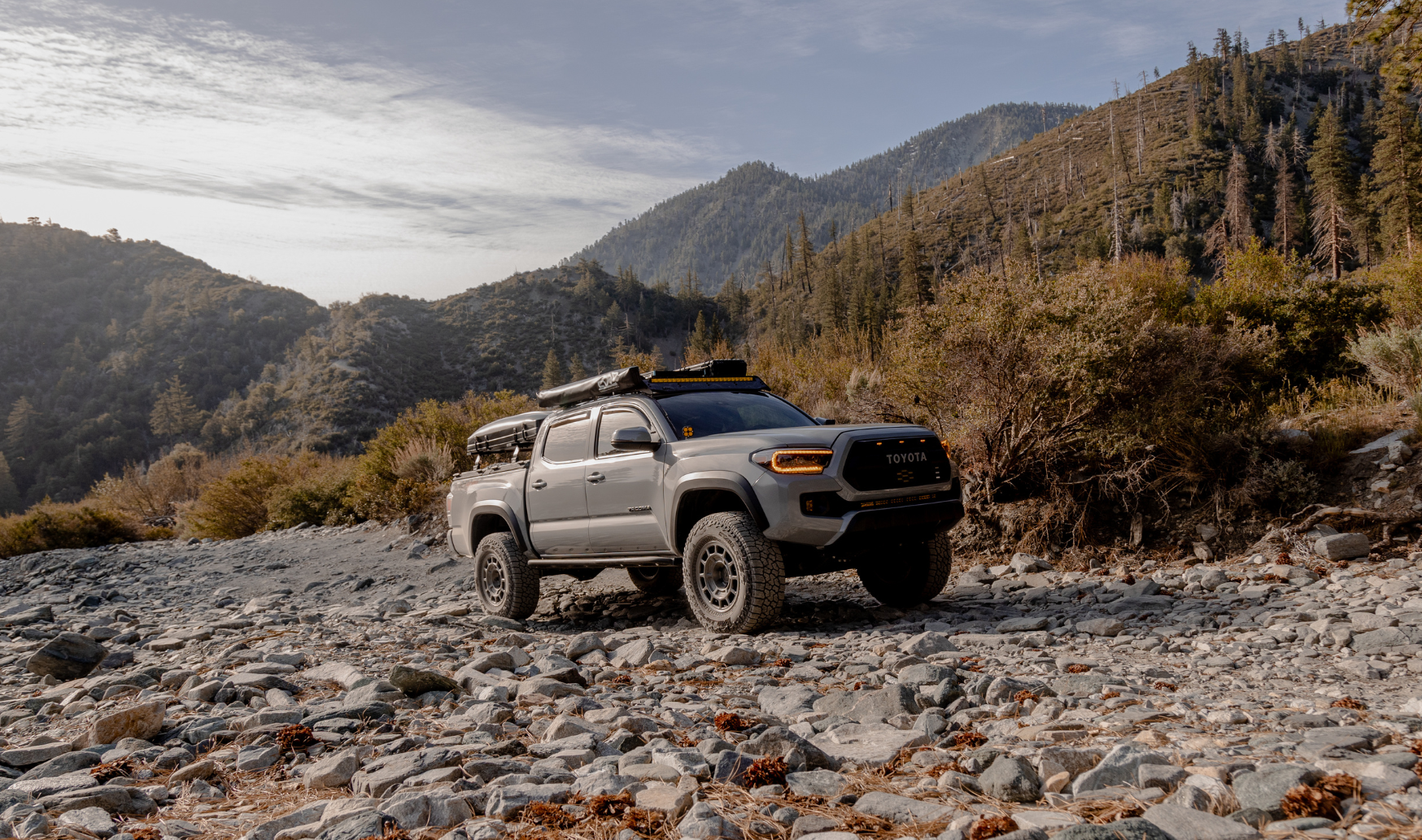When it comes to researching and ultimately purchasing wheels for your vehicle, there’s a whole new world of terminology that can be overwhelming if you don’t know exactly what to look for. When it comes to wheels, there is no “one size fits all” and what fits one make or model one year, may not fit the same make or model from a few years prior or after so familiarizing yourself with these terms will not only help you make an informed decision but also ensure that your new wheels are a perfect fit for your vehicle. In this glossary, we’ll explain the language of wheels so you can be your own expert when shopping for your next set of Fifteen52s.
Backspacing:
Backspacing refers to the distance from the mounting surface to the inner edge of the wheel. This measurement is used to understand how much clearance there is between the inner wheel and your vehicle’s suspension components.
Bolt Pattern:
The Bolt Pattern specifies the number of bolt holes on the wheel and the diameter of the imaginary circle they form. For example, a 5x100 bolt pattern indicates that there are 5 bolts, and they are spaced 100mm apart. While some wheel specs can be outside of recommended measurements and still be made to work with spacers, camber, and modifications, bolt patterns can only deviate with the use of adapter spacers. This is not a make-it-fit-with-force situation if you order the wrong bolt pattern so be sure to check your vehicle’s specification and check out our “verify your vehicle” tool to help your search.
Cast:
Cast wheels are made using the casting process. They are typically the most cost-effective wheel, and this process allows for intricate designs. However, cast wheels can generally be heavier, and may not be quite as strong as their forged or flow-formed counterparts. This doesn’t mean that cast wheels are necessarily weak – it’s just a testament to the increased strength you will get from a forged or flow-formed wheel.
Center Cap:
A decorative and stylish covering for the hub hole in the center of a wheel.
Flow-Formed:
Flow forming, also known as rotary forging, is a method of wheel construction that combines the
benefits of casting and forging. A cast wheel is spun while heated, stretching, and compressing the barrel’s material to enhance strength and reduce weight. Flow-formed wheels often offer an attractive balance between strength, weight, and cost.
Forged:
Forged wheels are crafted from a solid piece of aluminum. The metal is subjected to high pressure and heat, resulting in a dense, uniform structure. Forged wheels are exceptionally strong and lightweight, making them ideal for high-performance applications. They can also withstand heavy loads and impacts while offering superior durability.
Hub Bore:
The Hub Bore is the size of the hole in the center of the wheel (between the holes for your Bolt Pattern) that allows it to be mounted on the hub and bearing assembly of the car. It is crucial for ensuring proper fitment, as a precise and secure hub-centric mounting will allow weight to be evenly distributed across the wheel, ensuring proper alignment and stability.
Load Rating:
The Load Rating indicates the maximum weight each wheel is designed to support safely. It’s important to choose wheels with a load rating that matches or exceeds your vehicle’s requirements. Good quality wheels will have been thoroughly tested to determine their load rating.
Lug Nuts:
These are the nuts that secure the wheel to the hub.
Offset:
Offset is the distance between the wheel’s mounting surface and its centerline – picture a line drawn down the center of its width. It’s expressed in millimeters (mm) and can be positive(+), negative(-), or zero (0). A positive offset means the mounting surface is towards the wheel face, a negative offset means it’s towards the inside, and a zero offset means it’s exactly at the center.
Spacers: These are used to increase visible offset or move the wheel further away from the hub or suspension components.
Staggered Fitment:
This refers to having different sizes of wheels on the front and rear of a vehicle.
Wheel Diameter:
Wheel Diameter refers to the size of the wheel, measured in inches, from one side to the other, passing through the center. For example, a wheel with a 17-inch diameter has a distance of 17 inches from edge to edge over the face, and the rear barrel.
Wheel Weight:
Wheel Weight is the actual weight of the wheel, measured in pounds or kilograms. Lighter wheels can improve performance, handling, and fuel efficiency by reducing unsprung weight.
Wheel Width:
Wheel Width is the measurement of the wheel’s thickness from the outer edge to the inner edge, and vice versa, typically measured in inches. This parameter is critical for determining the right tire fitment, as the width is just as important as the diameter when it comes to fitting inside your wheel wells.
Finding the perfect wheels for your ride is supposed to be a fun and exciting process. Save yourself the stress of falling in love with a set that just won’t fit by familiarizing yourself with these terms, and even refining your search to only show what you need for a better browsing experience. You don’t need to be a fitment expert, just remember that choosing the right wheels not only enhances the look of your vehicle but can have a huge effect on performance and handling. Check out our fitment guides for more detailed, vehicle-specific information. If you’re still not sure where to start or have any questions, our team is on standby and ready to help; just shoot us an email.

